Hello my friends! Have you ever heard of the "Monster of Cordoba"?
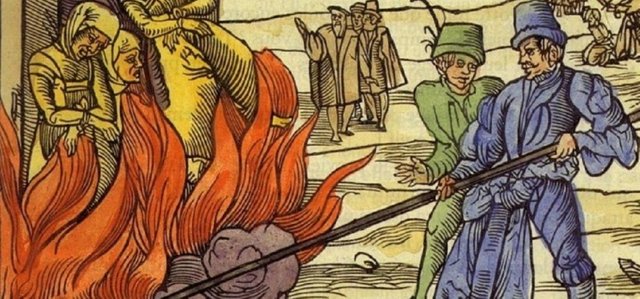
The Middle Ages, also known as the "Dark Ages", comprise the period of almost a millennium in Europe. From the 5th century to the 15th century, formation of the fiefs, the relations of suzerainty and vassalage, as well as the establishment of the social, political and cultural power of the church on the society were instituted. The land was the main instrument for gaining wealth and influence. When the fathers did not pass from hereditary to hereditary property, from father to son, the relationship was established between two nobles (suzerain and vassal): one offered the land and the other promised to offer fidelity and other mutual obligations.
The Middle Ages begin with the fall of the Roman Empire to the transition of the Modern age. Centuries after its end, this period was dubbed the "Age of Darkness," as opposed to the "Century of Lights," an Enlightenment current formed by philosophers, artists, and scientists eager to abandon the values of the Middle Ages, and put man as the primary object of study, and no longer the omnipotent God of the churches.
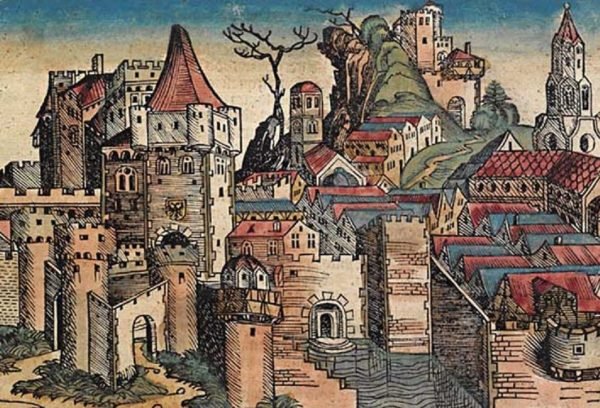
The Power of Faith
For during the Middle Ages, the church was at the center of this European social ensemble. The institution was a large landowner, as well as holding the monopoly of knowledge, since for a long time only religious leaders could read and write.
There was no possibility of social ascension. Either he was born rich or he died poor. Society was divided into three spheres basically. At the base were the servants and peasants, above them and in the middle of the pyramid the nobility and at the top of the whole chain, the clergy, also called the Catholic church.
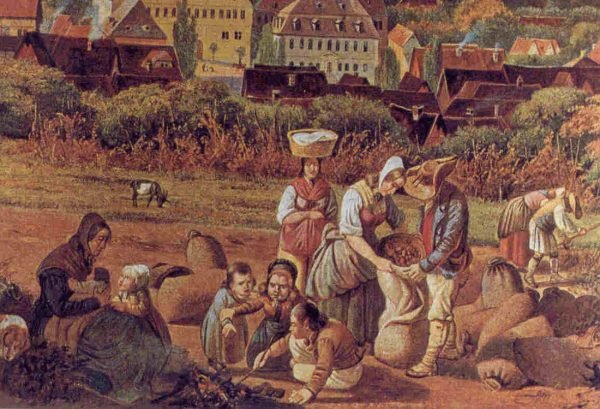
Questions of Faith
Over time, the lower and poorer strata of the population began to question the luxury, wealth, and avarice of the church. If on the one hand the clergy preached humility, on the other it lived in opulence. People who questioned the power of the institution and its leaders became known as heretics.
And it is in combat against heresy that the Catholic Church re-enforces a terrible, implacable and somber persecution that would be known as the "Holy Office Court." This model became known as the Spanish Inquisition.
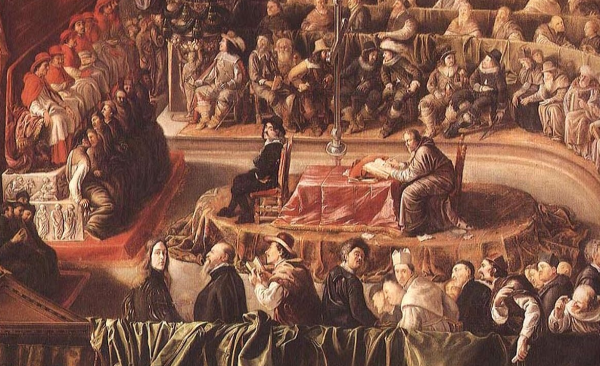
The Inquisition
In Spain, Kings Fernando and Isabel, fearing the danger of civil and religious revolutions, and remembering that the Holy Inquisition had already controlled the people in the 11th and 12th century, resorted to its control mechanisms in the 15th century. the heresy of the Marranos (Jews) and the Moors (Arabs).
The Crown of Castile then decides to establish three permanent inquisitorial tribunals: one in Seville, the second in Granada and the third in Cordoba.

The "Bearer of Darkness"
For Córdoba, an experienced and scary inquisitor was sent, better known by many nicknames as "Bearer of Darkness", "The Dark One" and also "The Monster of Cordova".
His name was "Diego Rodríguez de Lucero, a priest from the town of Moguer in Andalusia.
Witch hunt
The arrival of Diego was also the beginning of the "Witch Hunt" by the Spanish city. Neither the nobles were spared by the tyrannical and obsessive hands of the inquisitor who saw in a house the disguise for a monastery or temple and ordered to overturn their foundations below.
It is estimated that under the order of Lucero, 200 people were burned in a period of only 4 years. This gives an average of one person murdered per week.
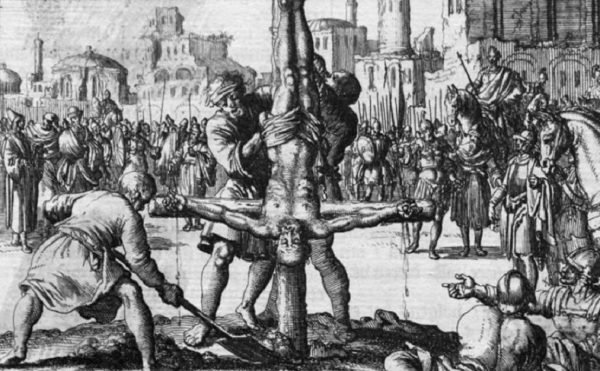
Massacre
But nothing compares to the bloody and obscure day of December 22, 1504. About 107 Jews were burned at the same time during the celebration of the "Auto-de-Fé."
In fact, a dark phrase is attributed to Lucero: "Give me a Jew, and I will give him back burned."
The people of Cordoba could no longer bear the terror and persecution of the "Bearer of Darkness." The people threw rocks at Lucero, the nobles sought support from the Crown and finally the "Monster of Cordoba" was deposed and expelled from the city, never again exercising an inquisitorial role.
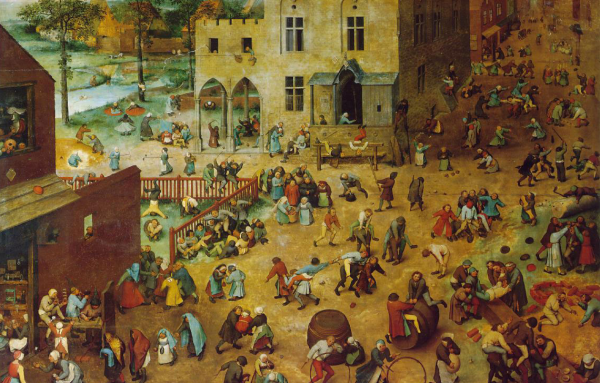
Decline
Although the trail of blood and pain spilled over the Iberian peninsula, the frightening lesson taken with Lucero was enough to further weaken the church that was beginning to be questioned not only externally but also by its internal members.
Within the church itself there were contrary movements that did not agree with the concentration of wealth, power and knowledge of the High Clergy. The order of the Franciscans is an example of an opposition movement. Despite the sacrifices of these orders, it was virtually impossible to maintain the morality of the church.
From the 16th century, this absolute power began to disintegrate, forming divisions within the Catholic Church itself. Thus consolidating the idea that would culminate in the Protestant Reformation. It is the end of the Middle Ages.
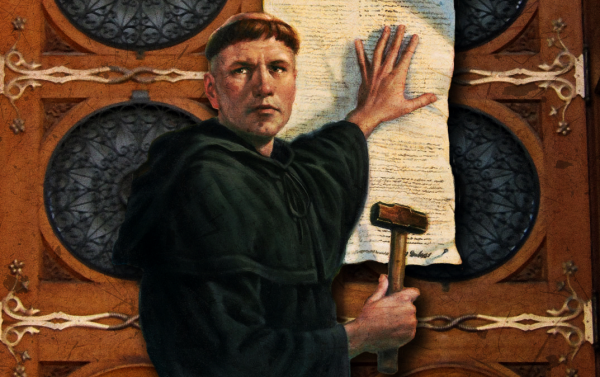
What do you think of this period of the Middle Ages and the power of the church?
=============================================================
Attention:
I have plenty of time to bring quality content to this magnificent platform. Thanks in advance for your participation. And I guarantee that all comments can promise my votes!
STRONG HUG! @morefacts

Source
Plagiarism is the copying & pasting of others work without giving credit to the original author or artist. Plagiarized posts are considered spam.
Spam is discouraged by the community, and may result in action from the cheetah bot.
More information and tips on sharing content.
If you believe this comment is in error, please contact us in #disputes on Discord
Downvoting a post can decrease pending rewards and make it less visible. Common reasons:
Submit
✅ Enjoy the vote! For more amazing content, please follow @themadcurator for a chance to receive more free votes!
Downvoting a post can decrease pending rewards and make it less visible. Common reasons:
Submit
Very interesting.
Not many people know that.
Downvoting a post can decrease pending rewards and make it less visible. Common reasons:
Submit
yea. This story is very interesting and terrible. Shows the darkest side of the human being
Downvoting a post can decrease pending rewards and make it less visible. Common reasons:
Submit